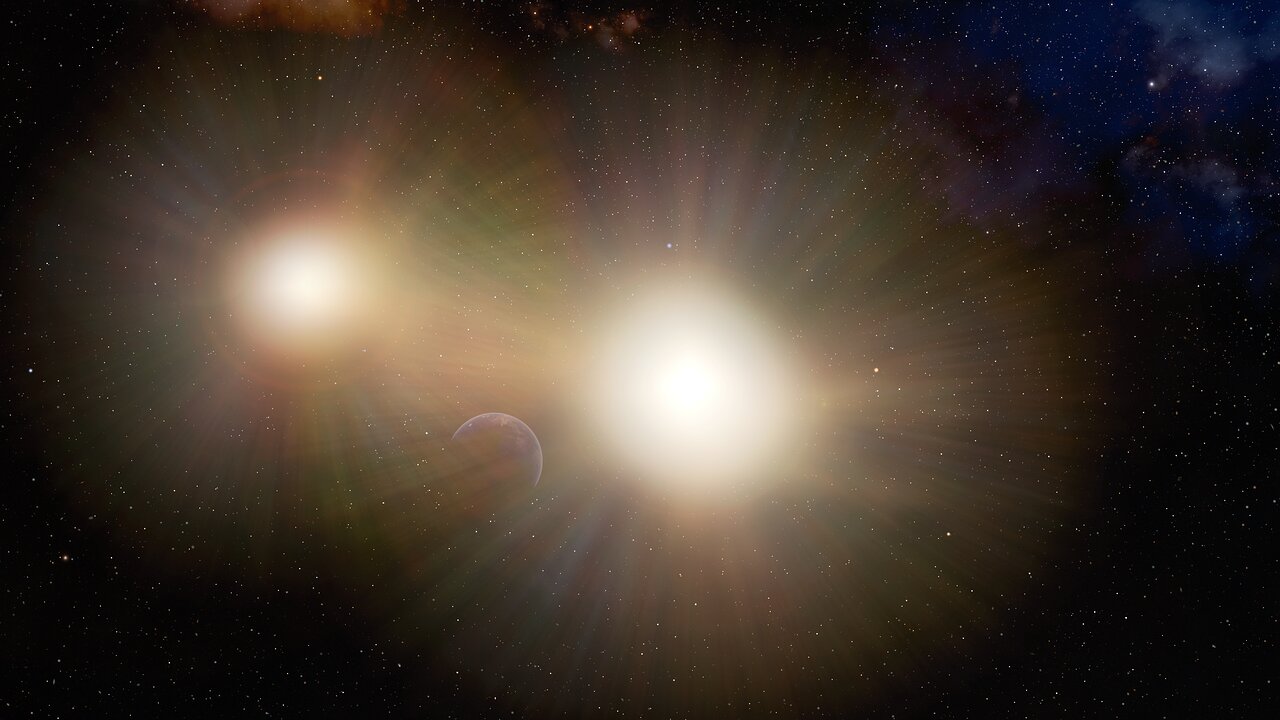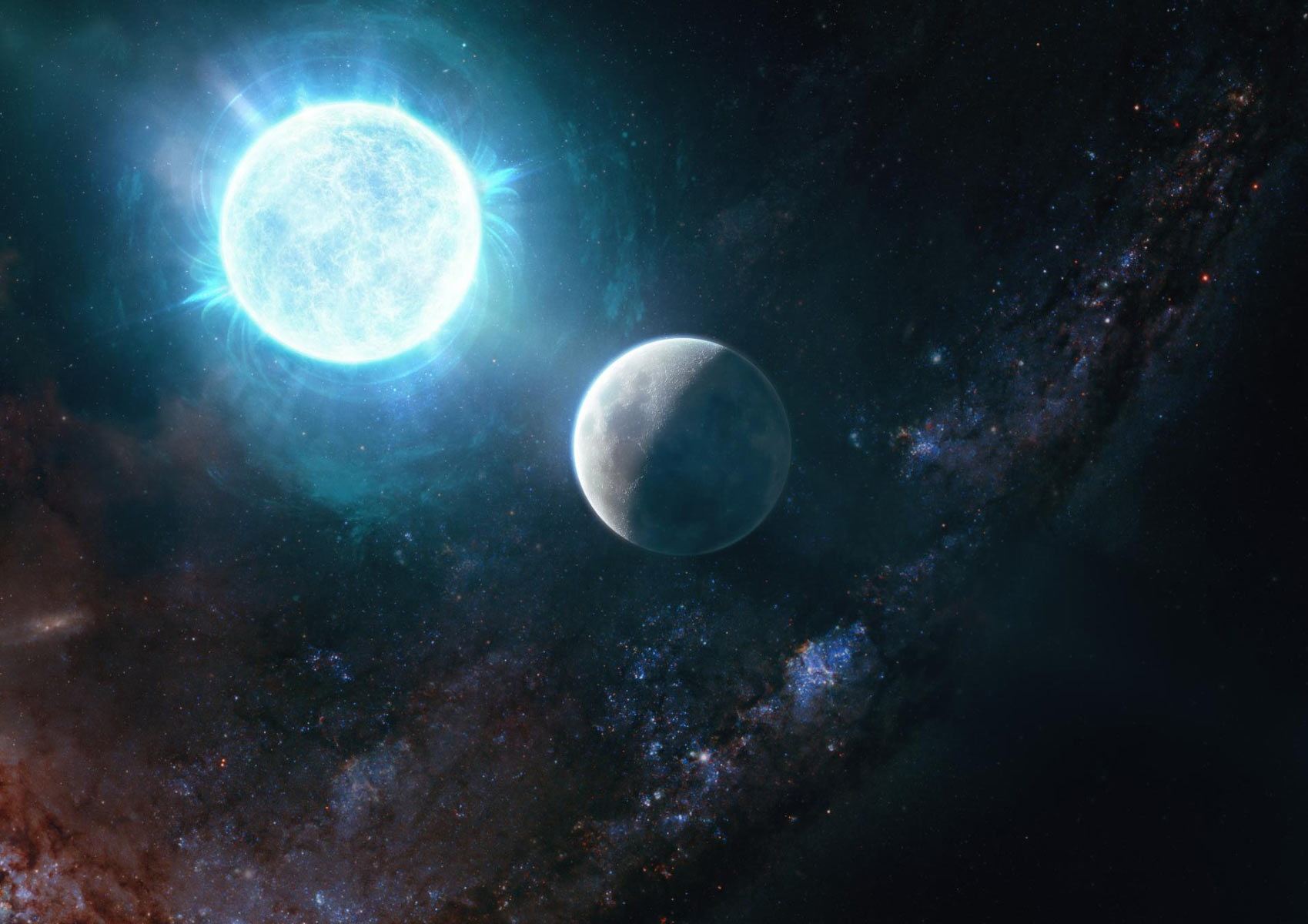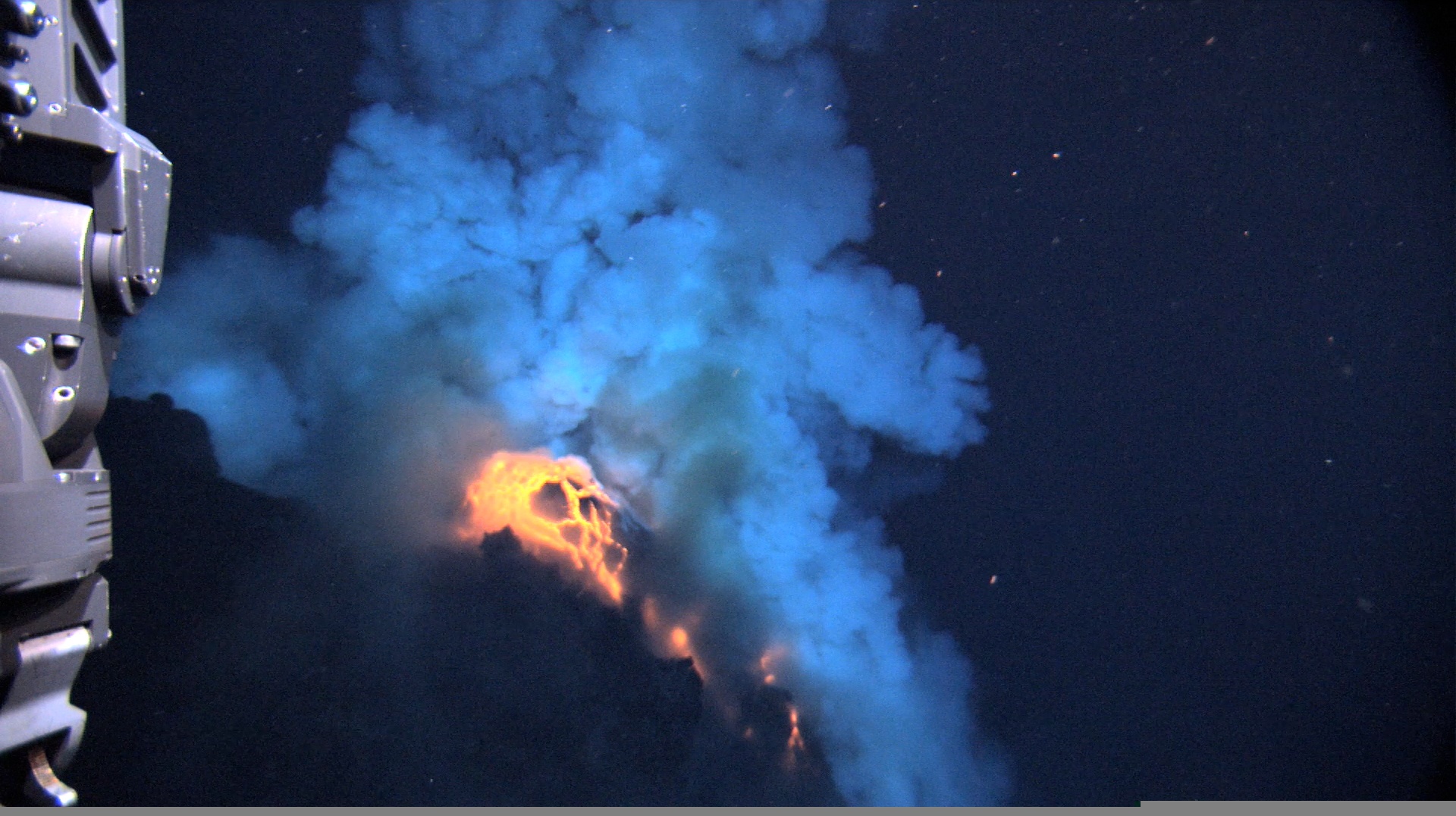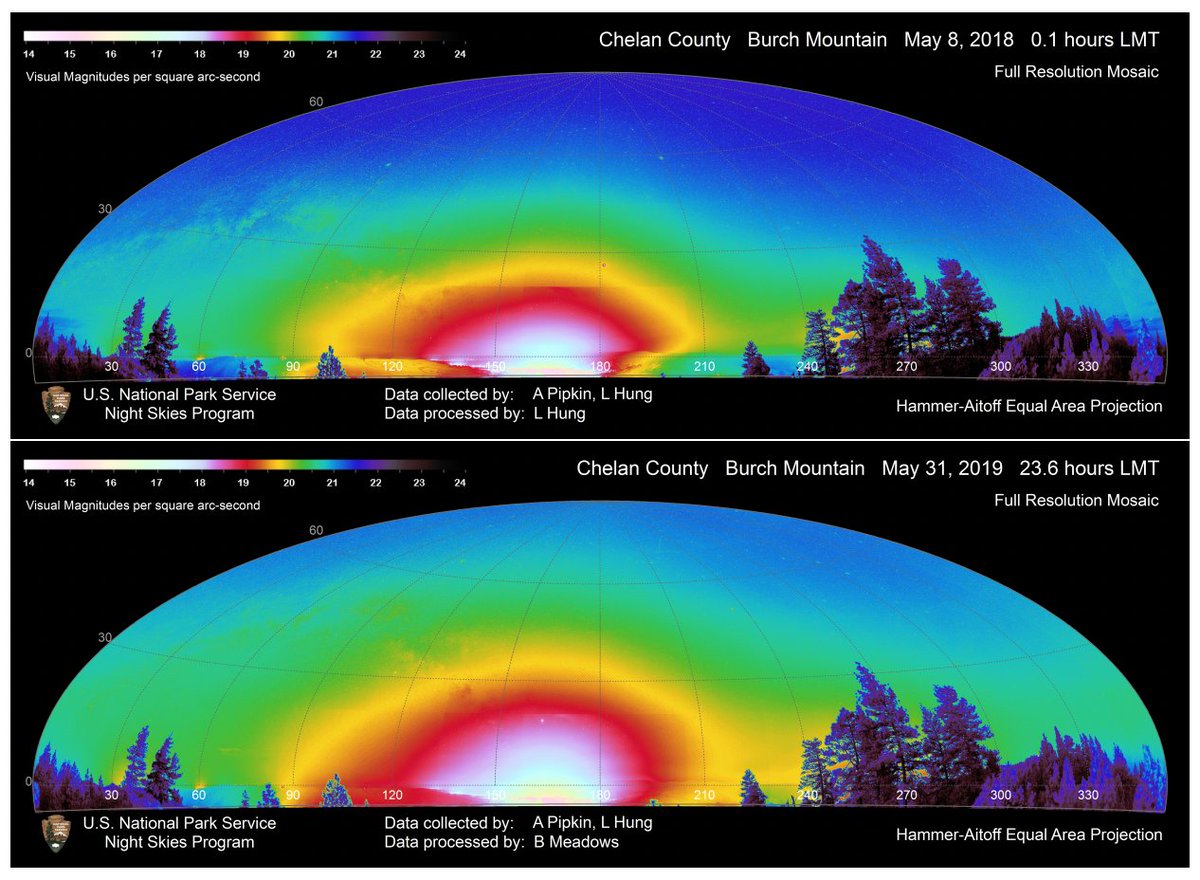Dark matter rules every galaxy. But what exactly is it? Astronomers believe it to be some kind of new, exotic particle. You may have heard some terms tossed around, like WIMPs or axions. Let’s explore what those terms actually mean.
Continue reading “WIMPS vs. Axions: What is dark matter?”Is the Universe a Fractal?

We find examples of fractals everywhere in nature. Tree branches, snowflakes, river deltas, cloud formations, and more. So it’s natural to ask the ultimate question: is the entire universe one giant fractal? The answer is…no, but sorta yes.
Continue reading “Is the Universe a Fractal?”Don’t Be Surprised if EmDrive Experiments Never Work
Every few years the “EmDrive”, a proposed method of generating rocket thrust without any exhaust, hits the news. Each time, everyone asks: could this be it? Could this be the technological leap to revolutionize spaceflight?
Don’t hold your breath.
Continue reading “Don’t Be Surprised if EmDrive Experiments Never Work”Shanghai is About to Open the World’s Largest Astronomy Museum
China has certainly been making its growing power and influence felt in recent years, especially when it comes to the realm of space exploration and science. In the past ten years alone, China has deployed the three space stations with their Tiangong (“Heavenly Palace”) program, unveiled the Long March 5 heavy launch rocket, and sent robotic missions to the far side of the Moon and the surface of Mars.
Here on Earth, facilities like the Five hundred meter Aperture Space Telescope (FAST) illustrate China’s growing accomplishments in space and astronomy. And on Friday (July 16th), the largest museum in the world dedicated to the study of space – the Shanghai Astronomy Museum – will open its doors. The purpose and design of this museum is to highlight China’s accomplishments in space and astronomy, as well as the country’s future ambitions in space.
Continue reading “Shanghai is About to Open the World’s Largest Astronomy Museum”A Nearby White Dwarf Might be About to Collapse Into a Neutron Star
About 97% of all stars in our Universe are destined to end their lives as white dwarf stars, which represents the final stage in their evolution. Like neutron stars, white dwarfs form after stars have exhausted their nuclear fuel and undergo gravitational collapse, shedding their outer layers to become super-compact stellar remnants. This will be the fate of our Sun billions of years from now, which will swell up to become a red giant before losing its outer layers.
Unlike neutron stars, which result from more massive stars, white dwarfs were once about eight times the mass of our Sun or lighter. For scientists, the density and gravitational force of these objects is an opportunity to study the laws of physics under some of the most extreme conditions imaginable. According to new research led by researchers from Caltech, one such object has been found that is both the smallest and most massive white dwarf ever seen.
Continue reading “A Nearby White Dwarf Might be About to Collapse Into a Neutron Star”Richard Branson and Friends Reach the Edge of Space, and Lived to Tell About it!
Early this morning, Sir Richard Branson and Virgin Galactic achieved a major milestone in the development of commercial space travel. Along with a team of specialists, Branson traveled to the edge of space aboard the VSS Unity and made it safely back to Earth. In so doing, Branson and his company have also fired the latest salvo in the ongoing race between the titans of the commercial space industry (aka. NewSpace).
Continue reading “Richard Branson and Friends Reach the Edge of Space, and Lived to Tell About it!”Satellite Images Can Help Predict When Underwater Volcanos are About to Erupt
Predicting volcanic eruptions is notoriously tricky. In large part this is because volcanos are unique, each with their own quirks and personalities: the lessons learned from studying one volcano may not apply directly to another. Luckily, researchers are getting better at finding warning signs that they can apply broadly. Some of the most well-known are heightened seismic activity, rising temperatures, expanding magma pools, and the release of gases. New research using satellite imagery now offers a new warning sign for underwater volcanos: a change in the color of the ocean.
Continue reading “Satellite Images Can Help Predict When Underwater Volcanos are About to Erupt”We Might Know why There’s so Little Antimatter in the Universe
Surprising findings sometimes come in small packages. And sometimes those small packages have to be delivered by very big systems. Physicists at MIT made some surprising findings from a very small radioactive molecule that was created in an accelerator at CERN. They believe that, if studied closely enough, these new types of radioactive molecules could shine some light on why there is more matter than anti-matter in the universe.
Continue reading “We Might Know why There’s so Little Antimatter in the Universe”There are Probably Many More Earth-Sized Worlds Than Previously Believed

In the past decade, the discovery of extrasolar planets has accelerated immensely. To date, 4,424 exoplanets have been confirmed in 3,280 star systems, with another 7,453 awaiting confirmation. So far, most of these planets have been gas giants, with about 66% being similar to Jupiter or Neptune, while another 30% have been giant rocky planets (aka. “Super-Earths). Only a small fraction of confirmed exoplanets (less than 4%) have been similar in size to Earth.
However, according to new research by astronomers working at NASA Ames Research Center, it is possible that Earth-sized exoplanets are more common than previously thought. As they indicated in a recent study, there could be twice as many rocky exoplanets in binary systems that are obscured by the glare of their parent stars. These findings could have drastic implications in the search for potentially habitable worlds since roughly half of all stars are binary systems.
Continue reading “There are Probably Many More Earth-Sized Worlds Than Previously Believed”The Streetlights in an Entire County Were Swapped to LEDs. Light Pollution got Worse
“The best laid plans of mice and men often go awry” – this famous paraphrase of Scottish poet Robert Burns sometimes sums up human ingenuity. That is exactly what happened when a county in Washington State decided to replace all of its county-owned streetlights with LEDs at least partially in an effort to combat light pollution. New research shows that they actually made the light pollution worse.
Continue reading “The Streetlights in an Entire County Were Swapped to LEDs. Light Pollution got Worse”







